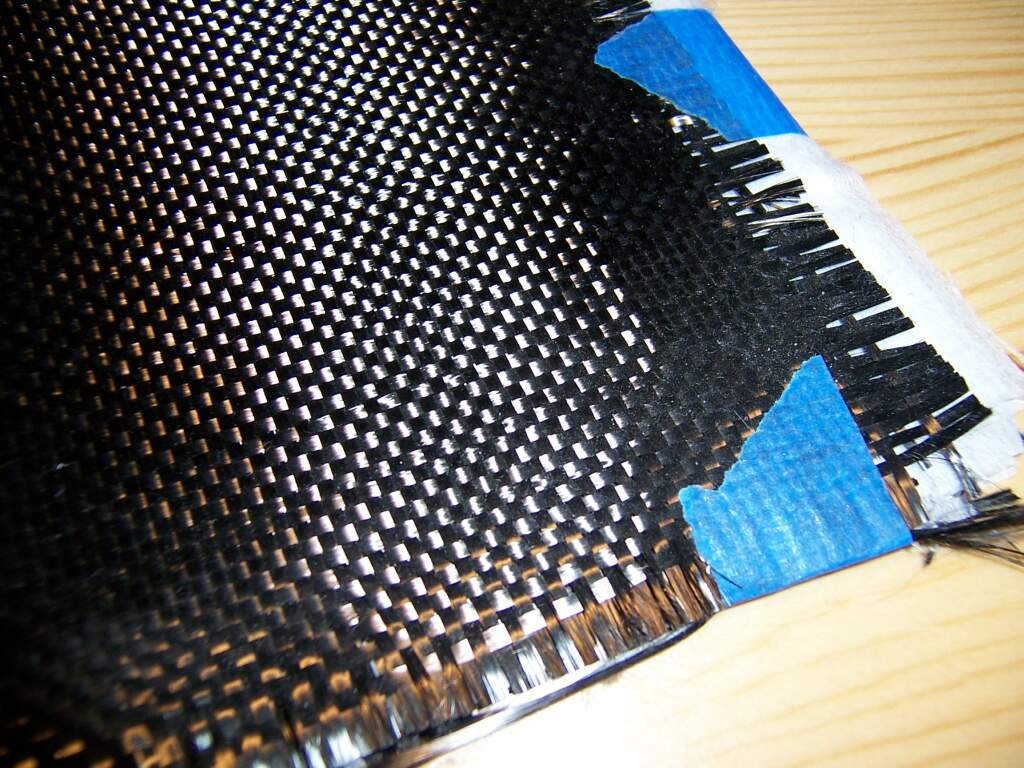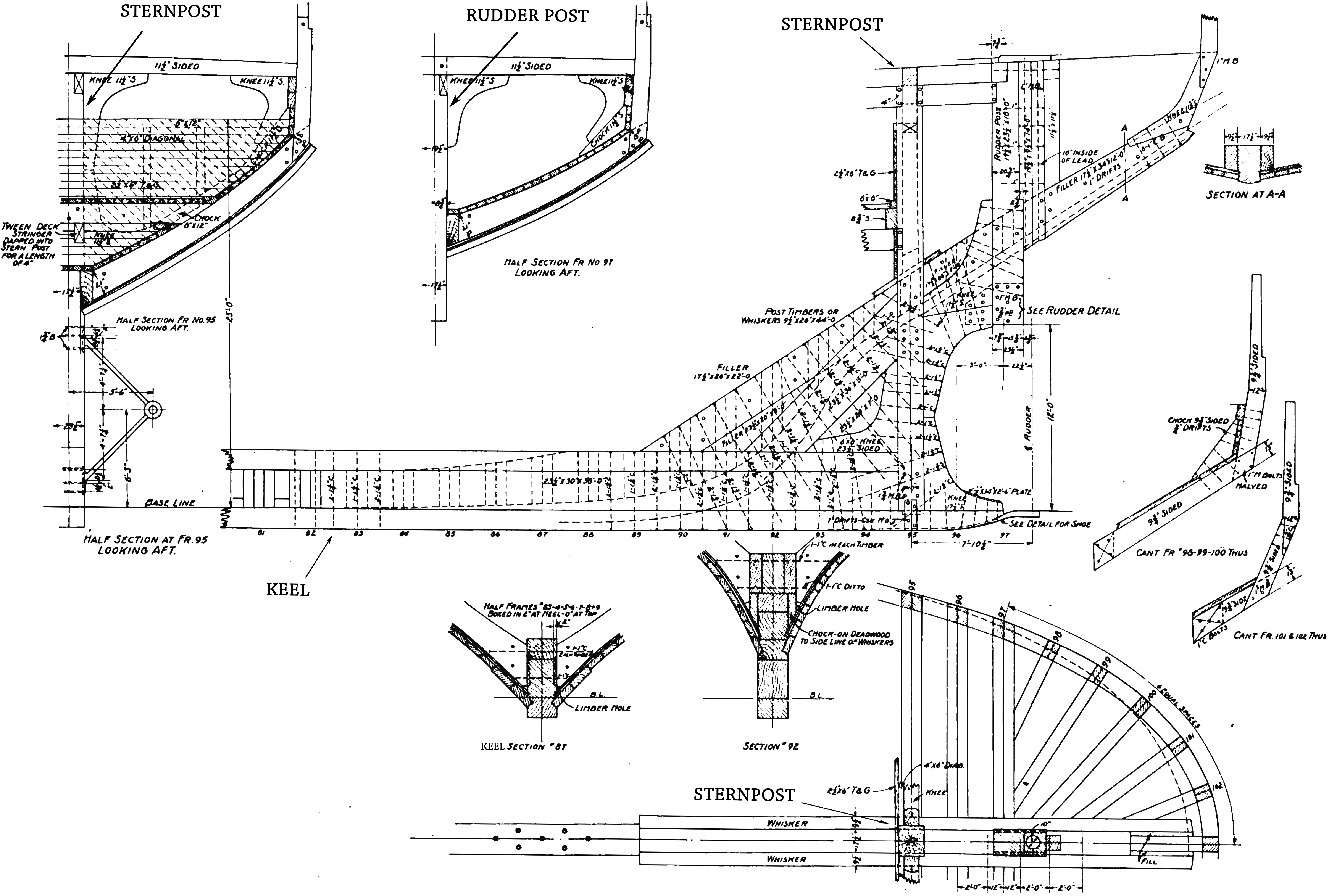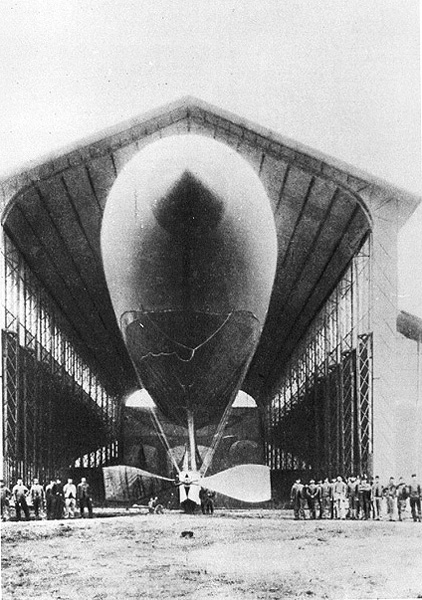|
Helikite
The Allsopp Helikite is a kite balloon or kytoon designed by Sandy Allsopp in the United Kingdom in 1993. This Helikite comprises a combination of a helium balloon and a kite to form a single, aerodynamically sound, tethered aircraft, that uses both wind and helium for its lift. Design The Helikite, created by Allsopp Helikites Ltd., comprises a semi-rigid helium-filled balloon, having a rigid carbon-fiber spine, with the balloon being shaped aerodynamically. The balloon is generally oblate-spheroid in shape in which solid spars provide attachment points for payload equipment. In most winds, the aerodynamic lift is greater than the aerostatic lift from the helium. The Helikite design is intended for all-weather, high-altitude operations. The balloon's shape allows it to be flown in any weather or for altitudes up to 7000 feet. In wind, both the main aerodynamic lift and the aerostatic lift are at the front, while the spar weight and keel are at the stern. This gives Heliki ... [...More Info...] [...Related Items...] OR: [Wikipedia] [Google] [Baidu] |
Kite Types
Kites are tethered flying objects which fly by using aerodynamic lift, requiring wind (or towing) for generation of airflow over the lifting surfaces. Various types of kites exist, depending on features such as material, shape, use, or operating skills. Kites may fly in air, water, or other fluids such as gas and other liquid gaining lift through deflection of the supporting medium. Variations in design of tethering systems and lifting surfaces are regularly introduced, with lifting surfaces varying in stiffness from limp sheet material to fully solid material. Manufacture Kites may be built by the flier or by a dedicated kite manufacturer, which may be a member of the Kite Trade Association International (KTAI), which also includes kite retailers. Materials Kites have been made from the following materials: *Plastic – for example, a Styrofoam-only kite *Organic materials – such as plant leaves and grass *Paper *Textiles such as rip-stop nylon, nylon, or Dacron Wing c ... [...More Info...] [...Related Items...] OR: [Wikipedia] [Google] [Baidu] |
Kytoon
A kytoon or kite balloon is a tethered aircraft which obtains some of its lift dynamically as a heavier-than-air kite and the rest aerostatically as a lighter-than-air balloon. The word is a portmanteau of kite and balloon. The primary advantage of a kytoon is that it remains in a reasonably stable position above the tether point, irrespective of the strength of wind, whereas ordinary balloons and kites are less stable. The kytoon has been used for many purposes, both civil and military. History In 1919, a handbook was published giving extensive details to support the kite balloon crafts being used in the military. Described is the first kite balloon made in 1893 by Captains Parseval and Sigsfeld at the Berlin works of the Prussian Balloon Battalion; theirs was the "predecessor of the ''Drachen'' balloon." "This was the first real kite balloon flying like a kite with a fairly constant angle and direction relative to the wind and remained practically unchanged until the beginni ... [...More Info...] [...Related Items...] OR: [Wikipedia] [Google] [Baidu] |
Aerodynamics
Aerodynamics () is the study of the motion of atmosphere of Earth, air, particularly when affected by a solid object, such as an airplane wing. It involves topics covered in the field of fluid dynamics and its subfield of gas dynamics, and is an important domain of study in aeronautics. The term ''aerodynamics'' is often used synonymously with gas dynamics, the difference being that "gas dynamics" applies to the study of the motion of all gases, and is not limited to air. The formal study of aerodynamics began in the modern sense in the eighteenth century, although observations of fundamental concepts such as aerodynamic drag were recorded much earlier. Most of the early efforts in aerodynamics were directed toward achieving Aircraft#Heavier-than-air – aerodynes, heavier-than-air flight, which was first demonstrated by Otto Lilienthal in 1891. Since then, the use of aerodynamics through mathematical analysis, empirical approximations, wind tunnel experimentation, and computer si ... [...More Info...] [...Related Items...] OR: [Wikipedia] [Google] [Baidu] |
Carbon Fibers
Carbon fibers American and British English spelling differences, or carbon fibres (alternatively CF, graphite fiber or graphite fibre) are fibers about in diameter and composed mostly of carbon atoms. Carbon fibers have several advantages: high stiffness, high tensile strength, high strength to weight ratio, high chemical resistance, high-temperature tolerance, and low thermal expansion. These properties have made carbon fiber very popular in aerospace, civil engineering, military, motorsports, and other competition sports. However, they are relatively expensive compared to similar fibers, such as glass fiber, basalt fibers, or plastic fibers. To produce a carbon fiber, the carbon atoms are bonded together in crystals that are more or less aligned parallel to the fiber's long axis as the crystal alignment gives the fiber a high strength-to-volume ratio (in other words, it is strong for its size). Several thousand carbon fibers are bundled together to form a tow (fibre), tow, ... [...More Info...] [...Related Items...] OR: [Wikipedia] [Google] [Baidu] |
Oblate Spheroid
A spheroid, also known as an ellipsoid of revolution or rotational ellipsoid, is a quadric surface obtained by rotating an ellipse about one of its principal axes; in other words, an ellipsoid with two equal semi-diameters. A spheroid has circular symmetry. If the ellipse is rotated about its major axis, the result is a ''prolate spheroid'', elongated like a rugby ball. The American football is similar but has a pointier end than a spheroid could. If the ellipse is rotated about its minor axis, the result is an ''oblate spheroid'', flattened like a lentil or a plain M&M. If the generating ellipse is a circle, the result is a sphere. Due to the combined effects of gravity and rotation, the figure of the Earth (and of all planets) is not quite a sphere, but instead is slightly flattened in the direction of its axis of rotation. For that reason, in cartography and geodesy the Earth is often approximated by an oblate spheroid, known as the reference ellipsoid, instead of a sphe ... [...More Info...] [...Related Items...] OR: [Wikipedia] [Google] [Baidu] |
Aerostatics
A subfield of fluid statics, aerostatics is the study of gases that are not in motion with respect to the coordinate system in which they are considered. The corresponding study of gases in motion is called aerodynamics. Aerostatics studies density allocation, especially in air. One of the applications of this is the barometric formula. An aerostat is a lighter than air craft, such as an airship or balloon, which uses the principles of aerostatics to float. Basic laws Treatment of the equations of gaseous behaviour at rest is generally taken, as in hydrostatics, to begin with a consideration of the general equations of momentum for fluid flow, which can be expressed as: \rho + U_i = - - + \rho g_j , where \rho is the mass density of the fluid, U_j is the instantaneous velocity, P is fluid pressure, g are the external body forces acting on the fluid, and \tau_ is the momentum transport coefficient. As the fluid's static nature mandates that U_j = 0 , and that ... [...More Info...] [...Related Items...] OR: [Wikipedia] [Google] [Baidu] |
Keel
The keel is the bottom-most longitudinal structural element of a watercraft, important for stability. On some sailboats, it may have a fluid dynamics, hydrodynamic and counterbalancing purpose as well. The keel laying, laying of the keel is often the initial step in constructing a ship. In the British and American shipbuilding traditions, this event marks the beginning date of a ship's construction. Etymology The word "keel" comes from Old English language, Old English , Old Norse , = "ship" or "keel". It has the distinction of being regarded by some scholars as the first word in the English language recorded in writing, having been recorded by Gildas in his 6th century Latin work ''De Excidio et Conquestu Britanniae'', under the spelling ''cyulae'' (he was referring to the three ships that the Saxons first arrived in). is the Latin word for "keel" and is the origin of the term careening, careen (to clean a keel and the hull in general, often by rolling the ship on its side). An ... [...More Info...] [...Related Items...] OR: [Wikipedia] [Google] [Baidu] |
Stern
The stern is the back or aft-most part of a ship or boat, technically defined as the area built up over the sternpost, extending upwards from the counter rail to the taffrail. The stern lies opposite the bow, the foremost part of a ship. Originally, the term only referred to the aft port section of the ship, but eventually came to refer to the entire back of a vessel. The stern end of a ship is indicated with a white navigation light at night. Sterns on European and American wooden sailing ships began with two principal forms: the ''square'' or ''transom'' stern and the ''elliptical'', ''fantail'', or ''merchant'' stern, and were developed in that order. The hull sections of a sailing ship located before the stern were composed of a series of U-shaped rib-like frames set in a sloped or "cant" arrangement, with the last frame before the stern being called the ''fashion timber(s)'' or ''fashion piece(s)'', so called for "fashioning" the after part of the ship. This frame i ... [...More Info...] [...Related Items...] OR: [Wikipedia] [Google] [Baidu] |
Ballonet
A ballonet is an inflatable bag inside the outer envelope of an airship which, when inflated, reduces the volume available for the lifting gas, making it more dense. Because air is also denser than the lifting gas, inflating the ballonet reduces the overall lift, while deflating it increases lift. In this way, the ballonet can be used to adjust the lift as required. Ballonets may typically be used in non-rigid or semi-rigid airships, commonly with multiple ballonets located both fore and aft to maintain balance and to control the pitch of the airship. The image illustrates the principle of a balloon within a balloon. The outer balloon represents the airship's outer envelope or gasbag, while the red inner balloon represents the ballonet. In an airship the ballonet would be much smaller relative to the size of the gasbag; for example, in the French airship Lebaudy Patrie the volume of the ballonet was approximately one-fifth that of the envelope. History The ballonet was fi ... [...More Info...] [...Related Items...] OR: [Wikipedia] [Google] [Baidu] |
Meteorology
Meteorology is the scientific study of the Earth's atmosphere and short-term atmospheric phenomena (i.e. weather), with a focus on weather forecasting. It has applications in the military, aviation, energy production, transport, agriculture, construction, weather warnings and disaster management. Along with climatology, atmospheric physics and atmospheric chemistry, meteorology forms the broader field of the atmospheric sciences. The interactions between Earth's atmosphere and its oceans (notably El Niño and La Niña) are studied in the interdisciplinary field of hydrometeorology. Other interdisciplinary areas include biometeorology, space weather and planetary meteorology. Marine weather forecasting relates meteorology to maritime and coastal safety, based on atmospheric interactions with large bodies of water. Meteorologists study meteorological phenomena driven by solar radiation, Earth's rotation, ocean currents and other factors. These include everyday ... [...More Info...] [...Related Items...] OR: [Wikipedia] [Google] [Baidu] |
Max Planck Institute For Dynamics And Self-Organization
The Max Planck Institute for Dynamics and Self-Organization in Göttingen, Germany, is a research institute for investigations of complex non-equilibrium systems, particularly in physics and biology. Its founding history goes back to Ludwig Prandtl who in 1911 requested a Kaiser Wilhelm Institute to be founded for the investigation of aerodynamics and hydrodynamics. As a first step the ''Aeronautische Versuchsanstalt'' (now the DLR) was established in 1915 and then finally the Kaiser Wilhelm Institute for Flow Research was established in 1924. In 1948 it became part of the Max Planck Society. The Max Planck Society was founded in this institute. In 2003 it was renamed to Max Planck Institute for Dynamics and Self-Organization. It is one of 80 institutes in the Max Planck Society (Max Planck Gesellschaft). History The early history of the Max Planck Institute for Dynamics and Self-Organization is closely linked to the work of the famous physicist Ludwig Prandtl. Prandtl is re ... [...More Info...] [...Related Items...] OR: [Wikipedia] [Google] [Baidu] |






